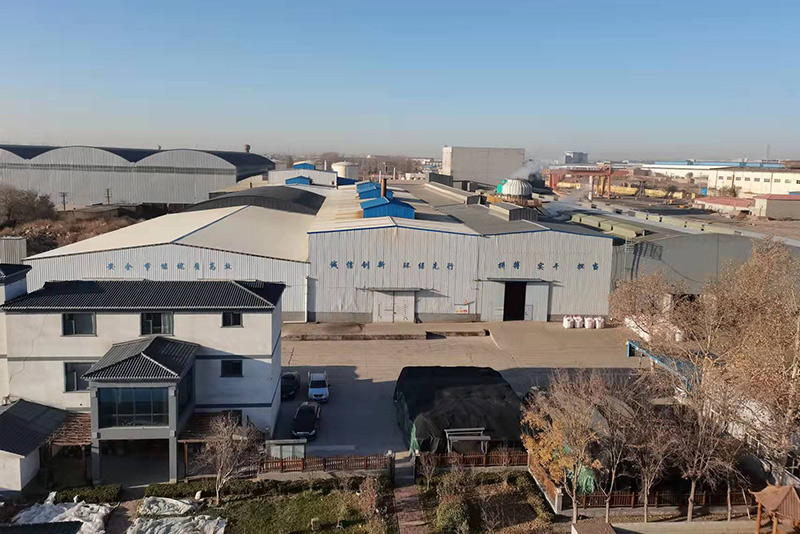The Materials Used in Sand Casting
Sand casting, one of the oldest and most versatile manufacturing processes, is widely used for producing metal parts by pouring molten metal into a sand mold. This technique is favored in various industries due to its ability to create complex shapes with a wide range of materials. Understanding the materials used in sand casting is crucial for optimizing the process and ensuring the quality of the final product.
1. Molding Sands
The most significant component of the sand casting process is the molding sand itself. Molding sand is a mixture of silica sand, clay, and water, which together impart the required properties for effective casting.
- Silica Sand Silica sand is the primary ingredient, known for its high melting point and excellent thermal stability. It provides the structure and strength to the mold. The grain size of silica sand can vary, with finer sands being preferable for detailed or intricate designs. Coarser sands are used for larger, simpler molds.
- Clay Typically, clay is added to the sand mixture to provide binding properties. Bentonite clay is commonly used because it enhances the plasticity of the sand. When water is added, bentonite creates a cohesive mixture that can hold its shape under the pressure of molten metal.
- Water Water is added to adjust the moisture content of the sand mixture. The right amount of water is critical; too much can lead to mold collapse, while too little can cause defects in the cast.
2. Additives
In addition to the basic components, several additives are often included in the sand mixture to improve its properties
- Classification and Size Control Agents These additives help in controlling the size distribution of the sand grains
. This is vital to achieve a uniform mold surface and improve the effectiveness of the mold.- Coloring Agents Occasionally, coloring agents are added to the molding sand. These do not affect the casting process itself but can help in identifying different sand mixtures or add aesthetic qualities to the finished product.
materials used in sand casting

- Other Binders Besides clay, other chemical binders may be used depending on the desired properties of the mold. Synthetic resins and other polymer-based binders can provide superior strength and durability.
3. Metal Alloys
The core of the sand casting process is the molten metal that is poured into the mold. Various metal alloys can be used, depending on the desired properties of the final product.
- Ferrous Alloys These include cast iron and steel. Cast iron is often chosen for its excellent castability, good wear resistance, and machinability. Different types of cast iron, such as gray iron and ductile iron, offer varied mechanical properties suitable for different applications.
- Non-Ferrous Alloys Aluminum, brass, and bronze are common non-ferrous metals used in sand casting. Aluminum alloys are particularly favored for their lightweight, corrosion resistance, and good thermal conductivity. Brass, known for its aesthetic qualities and resistance to tarnishing, is used in decorative applications, while bronze is valued for its strength and wear resistance.
4. Coatings
Coatings play an essential role in sand casting. When molten metal meets the sand mold, a reaction can occur that causes defects like sticking or mold erosion.
- Release Agents These are applied to the mold surface to prevent the molten metal from adhering to the sand during solidification. Effective release agents facilitate the easy removal of the casting while maintaining the integrity of the mold.
- Mold Coatings These may consist of mixtures of sand and a binding agent, which can help to enhance the surface finish of the casting. They also improve thermal insulation, thus reducing the cooling rate and minimizing thermal shock on the mold.
Conclusion
In conclusion, the materials used in sand casting are fundamental to the quality and efficiency of the manufacturing process. The choice of sand, additives, metal alloys, and coatings can significantly influence the properties of the finished product. Understanding these materials and their interactions enables engineers and manufacturers to produce high-quality castings that meet specific performance and aesthetic criteria, ensuring the continued relevance of sand casting in modern manufacturing. As technology advances, new materials and techniques will likely emerge, further enhancing the capabilities of this time-honored process.
Post time:Лис . 11, 2024 16:31
Next:sand casting alloys
